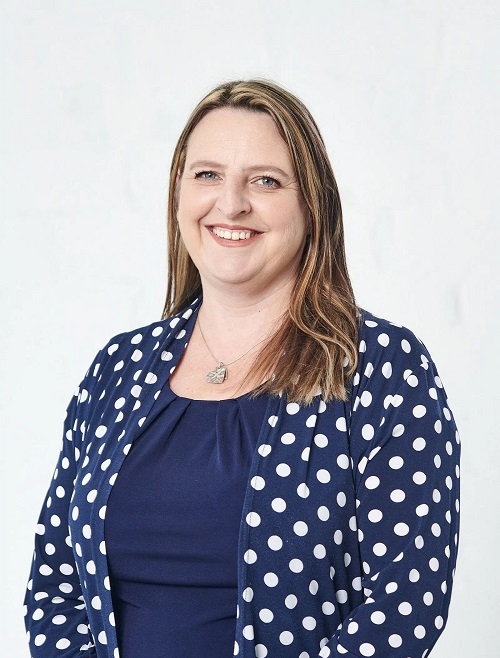Five steps that will help you plan towards a safe, secure retirement filled with fun
Did you know that it’s possible that you could live for another 30 years after you retire. How do you ensure that you will live out your golden years without having to worry about finances?
Paula Walker (CA)SA, an advisory partner at Consolidated Wealth, says the earlier you start planning for your retirement, the better. “It’s a scary thought for any 22-year-old that their retirement may be almost as long as the number of years that they will be working!” Paula explains. ‘But whether you are just starting out or you are close to retirement, you need to have a plan for what comes next.”
Paula says there are five steps that everyone should take to build a solid retirement plan.
1. Understand your time horizon
Your current age and expected retirement age create the groundwork for an effective retirement plan. The longer the time between today and your retirement, the higher the level of risk your portfolio can withstand. If you’re young, you should probably have the majority of your retirement assets in higher risk investments. The older you are, the more your portfolio should start to focus on income and the preservation of capital. Your financial adviser will tailor this plan for you and review it regularly to keep you on track.
2. The Power of Compounding
Saving is like an acorn. It starts out small but with time, it will turn into an oak tree. You may think saving a little extra in your 20s won’t mean much, but the power of compounding will make it worth considerably more by the time you need it. If you move jobs, no matter how tempting, reinvest your company pension or provident fund benefit. Your financial adviser will action this for you and incorporate it into your overall retirement plan.
3. Overlap your Retirement Planning with an Investment Strategy
You should break up your investment planning into multiple components. For example, let’s say you want to retire to Hermanus in 10 years but you also need to fund your child’s university education. To deliver both you can overlap your retirement plan with an investment strategy. This would be divided into three periods: 10 years until retirement (contributions are still being made to your plan); saving and paying for university; and living in Hermanus (with regular withdrawals for living expenses). Your financial advisor will develop a multi-stage retirement plan that integrates these time horizons with the corresponding liquidity needs.
4. Balancing the longevity of your retirement portfolio
A key factor in the longevity of your retirement portfolio is your withdrawal rate so it’s critical that you have an accurate estimate of your expenses in retirement. Though most people need about 70% of their pre-retirement spend, this is unique to individuals and their circumstances. Understate your expenses and you will likely outlive your portfolio. Overstate your expenses and you can risk not living the lifestyle you want. Accurate retirement goals help as more spending in the future requires additional savings today. A financial adviser will help you with this, using modelling tools to develop a realistic and sustainable retirement plan.
5. Know what you have and what it gets you
Everyone needs to know what assets and liabilities they have, how these are likely to change and how each contributes to the achievement of your goals. If you have never taken stock of where you are with your post-retirement lifestyle, it’s time to meet with a financial advisor to develop a road map for financial success. This will create realistic expectations about your post-retirement lifestyle and your current savings behavior.
Paula says that one of the most challenging aspects of creating a sustainable retirement plan is striking a balance between realistic return expectations and a desired standard of living. “The best solution is to work with a financial adviser to develop a flexible, personalised plan that evolves with your changing life circumstances but remains focused on your retirement objectives,” she concludes.












